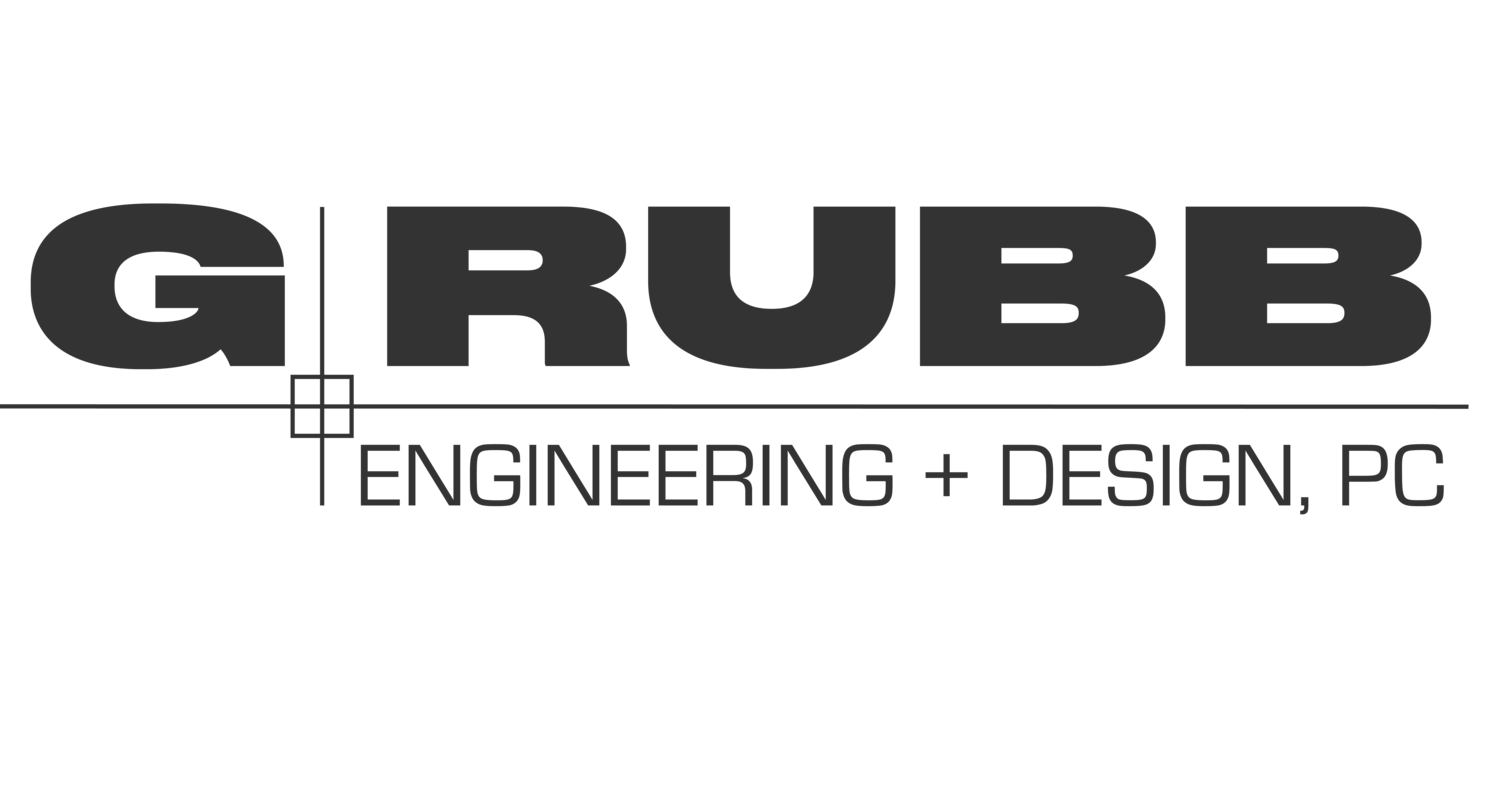Question from SeekKnowledge:
I am closing on a new construction. Noted 2 foundation stress cracks. One bigger than the other but both under 1/4". Spoke to builder and since it is less than 1/4", they may not do anything. If they do, probably just use concrete to patch. House completed in Oct 2016 and the foundation maybe poured 4-5 months before that. Do not like to see cracks so early. One of the cracks is at southwest corner of the building but that section it is diagonal that runs about 8-10 feet maybe. I am interested to know if this is indicative of anything serious. Thank you.
Answer:
Uniform cracks in poured concrete foundation walls and slabs are rarely indications of retaining wall failure or foundation settling. The concrete expands and contracts through seasonal changes in moisture and temperature and to relieve the tensile forces caused by contraction, the walls or slabs crack. This is especially true in the early years of a structure because the concrete is still curing (and does for many years) and the initial evaporation of water allows for increased shrinkage. It is a good construction practice for the contractor to provide joints (grooves formed or cut into the concrete) to control the direction and location of the cracks. You most often see such control joints in concrete sidewalks or driveways but almost never in residential foundation walls or basement slabs. In the absence of control joints, the wall or slab will choose for itself where it will crack. These cracks in walls are typically vertical and regularly spaced anywhere from 6 to 15 feet apart depending on the thickness and height of the foundation wall. In slabs, the cracks may be meandering but typically extend off the re-entrant corner, such as where the garage bay extends into the basement area. It is possible that the cyclical movement of the walls may rupture the exterior waterproofing membrane allowing water to enter the basement. If this ever happens, the cracks should simply be injected with an expansive polyurethane sealant to stop the leaks (around $900 for a 9’ tall wall).
Warnings: If the wall on one side of the crack is positioned inward relative to the wall on the other side of the crack or if the cracks in the walls generally run horizontally, we really should have a look to help determine if you have a significant structural problem. In this case, call our office to schedule a structural inspection.
